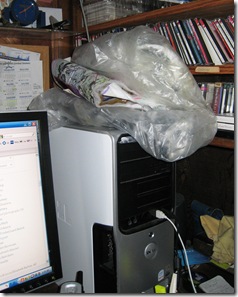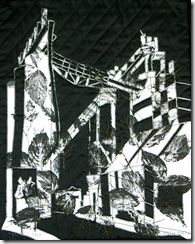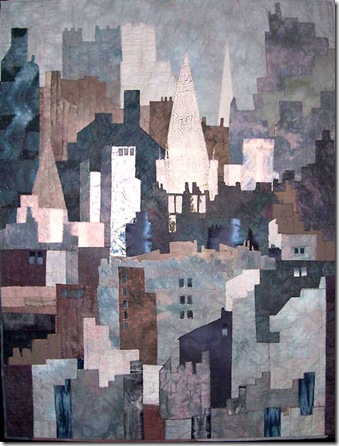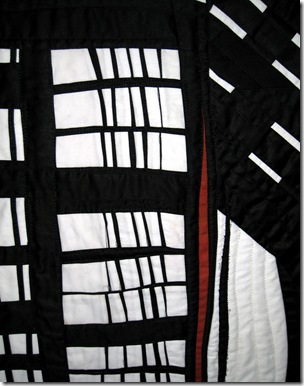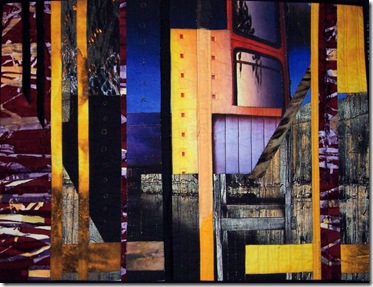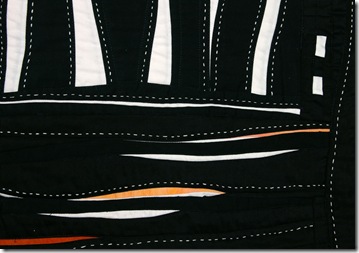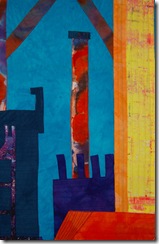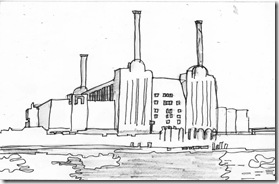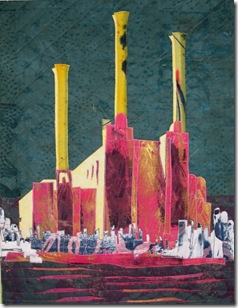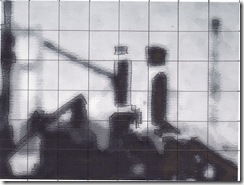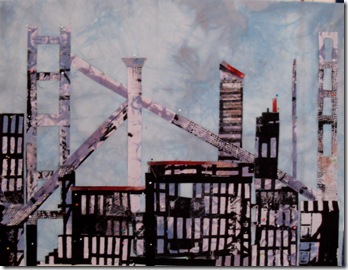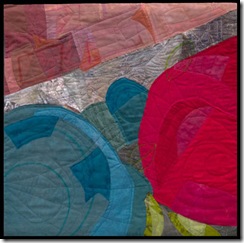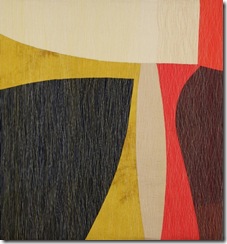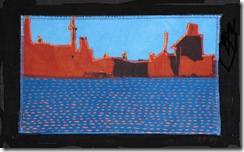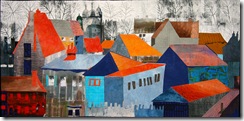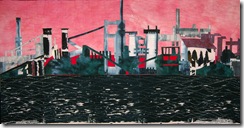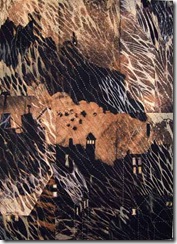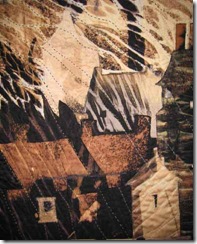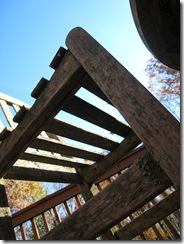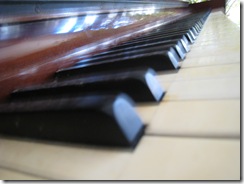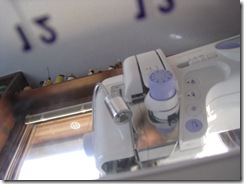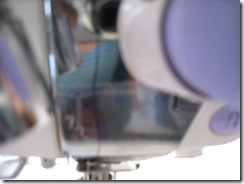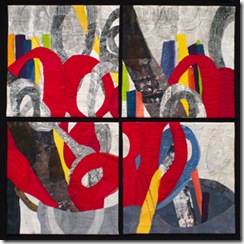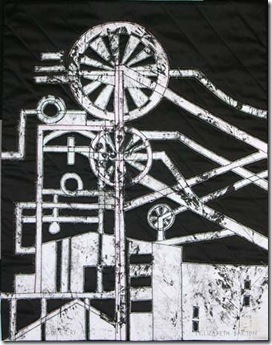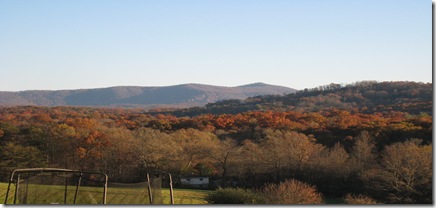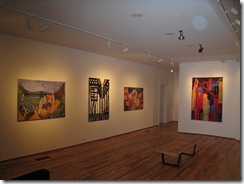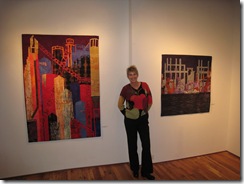It’s always fascinating how much a group of quilters can bond in a workshop and how you miss everyone (for a while!) when you get home. I always long to know “the end of the story” so I’m hoping that all the ladies who participated in the Hudson River Valley workshop I just taught will send me pictures of their finished pieces. (hint!).
It was an excellent week with everyone making distinctly different work from very abstract to very literal, from graphic to mysterious to meditative. Here are the pieces…some pinned together tops ready for stitching when the quilters get home, some completely stitched, and one or two…fastened together with that other method!
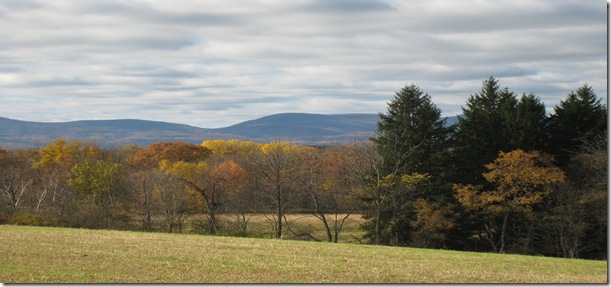
First – to set the scene…the fall colour looking south towards the Catskills from the Town Park at Greenville.
There are five roads that lead from the crossroads at Greenville, and every one had gorgeous views and colour. Unfortunately for this tender Southern based quiltmaker, a little too chilly to sit and paint..but I’ll have a go at that later!
The quilts:
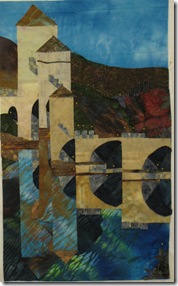
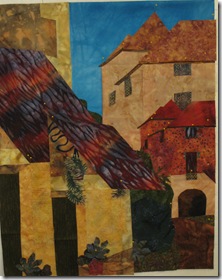
Chris worked on several pieces all based on photographs from a trip to France.
Her quilts reflect her love of repetition and rhythm in the old bridges and buildings of the Dordogne…the images are doubled and trebled to convey her theme. Chris also began a jewel like small abstract based on the same idea. Her use of the shibori fabric I took with me is quite masterly. I was envious! Great colour! excellent design and a lovely exposition of the main idea.
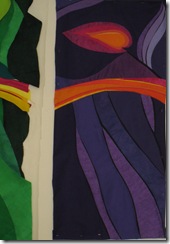
Marge planned a bold and adventurous piece in four parts, each quilt with a different colour/value sequence using the same basic design – an abstract extraction from a photo of palm leaves. On the right is the first piece complete, and on the left the beginning of the third piece..Marge worked like a demon!! These were big pieces and all stitched together, amazing drama and verve…and the different elements glowed against the background. I loved the energy of the pieces as well as her intelligent use of luminosity.
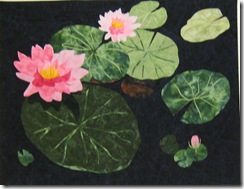
Another big piece! Nancy planned a series of 4 waterlily quilts – this the largest one, then 3 smaller ones to accompany it. Her use of value brought the flowers to life and they glowed against the dark blue background. Notice how all the leaves are different, each with its own character yet obviously belonging to the whole piece. She achieved a lovely circular movement to the overall composition which totally complemented her theme.
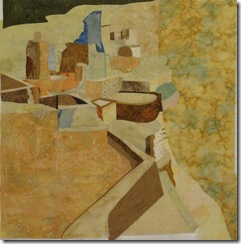
By contrast, Nancy’s friend Bonnie (of 46 years!) made a lovely subtle dusty desert piece conveying both the mystery of the cliff dwellers of the South East and the protective nature of the enveloping cliffs. Their little homes intertwine in soft warm desert colours enhanced by blue and green shadows. Bonnie’s piece shows a very subtle and sophisticated use of line. There are still more shadows and vegetation to come – on the right. Bonnie became a design fiend, drawing out many different possibilities based on her south west theme….I hope she’ll now stay home for a year and make them all!!
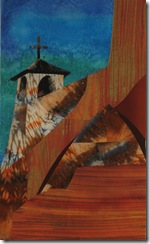
Barbara is also a lover of the south west but came up with a very different interpretation. Her use of the shibori fabric I had taken was extremely intelligent – she found lights and shades across the piece in order to create great depth in her image. I loved the way the abstract patterns in the fabric suddenly popped and created the image. This is only the first step in Barbara’s piece, she plans to cut the image apart and insert the grids of an old window from one of the adobe churches. She has perfectly captured the intense bright light and dark shades of the area and her piece gives a lovely sense of place.
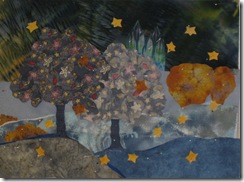
Laura wanted to create a mystical fantasy scene based on a particular fabric she’d had for many years, and the story of the unicorn. Now a unicorn is a very ephemeral animal…so he is not literally portrayed, but we all could feel him being almost there in the scene. Her piece conveyed a super atmosphere of delight in the possibility of such magical creatures. The use of the shibori to create a sky full of Northern Lights was the perfect beginning to the piece…which ended with the sprinkling of stars….now can you see the unicorn??!! 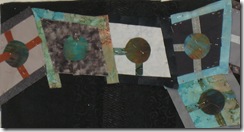
Priscilla focused on designing, she had a sheaf of really lovely, intricate and intriguing possibilities and started on this very abstract piece towards the end of the week. It’s going to be a very playful quilt with the motifs (drawn from a landscape) mischievously dancing their way around…simply by playing with values and angles a strong rhythm and movement is indicated. I look forward to seeing the finished piece!
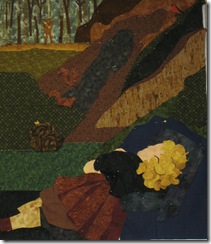
Margaret was very ambitious and very brave for she set herself the task of interpreting a Victorian painting of the Woodsman’s child asleep in the forest …..this is Margaret’s first art quilt. A bold venture! Which she tackled with great energy and persistence. She developed a lovely warm palette which perfectly conveyed the theme of the nurturance of nature….there are many details to be added as Margaret is an experienced embroiderer and plans to fill this little woodland dell with wild flowers. It’s going to be a beautiful piece.
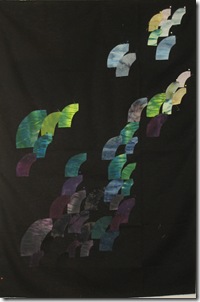
MaryAnn is a musician and her gorgeous meditative subtle piece about ripples on water has subtle contrasting rhythms and sonorities. She was inspired both by a photograph of an archway over a sparkling rippling river and by the music of Debussy. This piece beautifully conveyed the quiet deep calm rich depths of the main theme….there will be handstitching that complements and echoes the shapes. I loved the depth of this piece, just like the clear notes of a Debussy piece with each sensitive solitary note being perfect in itself and yet part of an elegant phrase.
So – you can see we had a great week being inspired by dreams, impressions, photographs, fabric, music and fellowship! (to say nothing of the wine!)
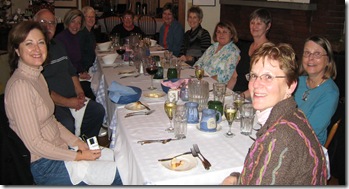
Here we are on the last night enjoying a well earned scrumptious dinner.
and that’s it for me teaching for this year…I only like to teach about four “away” matches, and one or two home ones per year…because my goal is (no, not a book I’m sorry!! I’ve been asked and told it would validate me….hmmmm)….to make better and better work all the time and there’s only One Way to do that: Work, work, work……plus..the odd cup of tea of course.
If you have been – thanks for reading!! Elizabeth
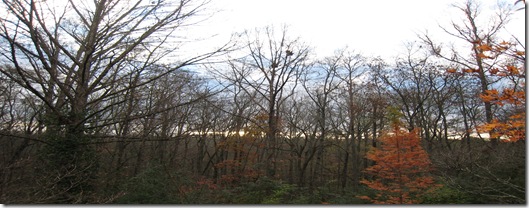 The first rays of sun at dawn today. This is a view we don’t get in summer as it’s hidden by leaves….the dark grey night sky being slowly lifted by the flash of white gold beneath.
The first rays of sun at dawn today. This is a view we don’t get in summer as it’s hidden by leaves….the dark grey night sky being slowly lifted by the flash of white gold beneath. Explanations are tedious for both the explainer and the explainee! (back to the dreary artist statement!)
Explanations are tedious for both the explainer and the explainee! (back to the dreary artist statement!)